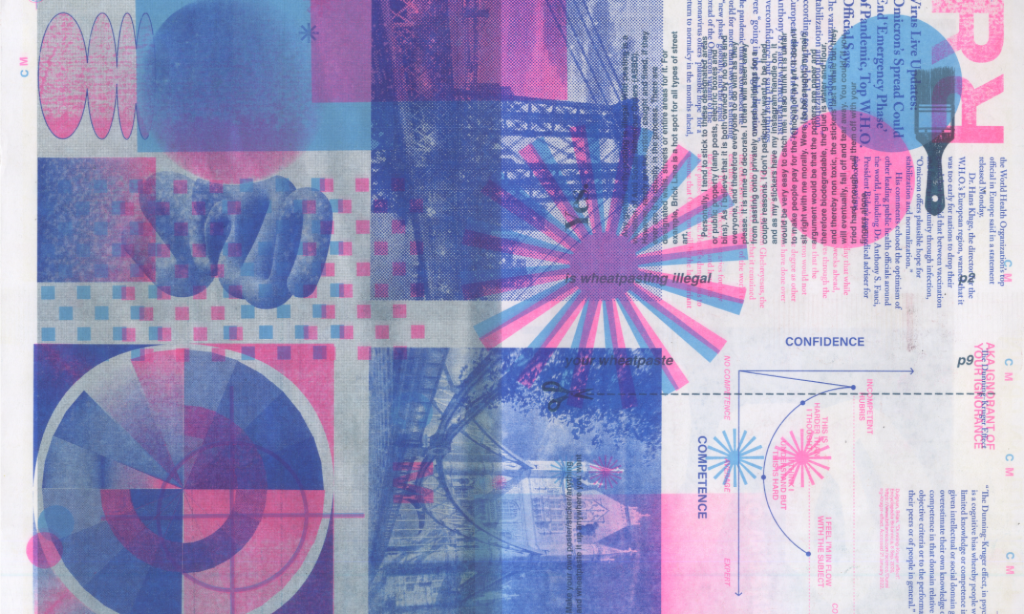The third experiment, the Broadsheet, is a more traditional method of sharing information, not unlike a manifesto, through economically-made paper handouts. The design and form references newspaper editorial vernacular as a wink to the content and an acknowledgement of the long history of what is thought of as trustworthy journalism. The integration of digital layouts and examples onto print plays with the assumptions that are made about printed material, its greater credibility and authenticity, by subverting expectations of the print news vernacular.


70 x 50 cm (open)










